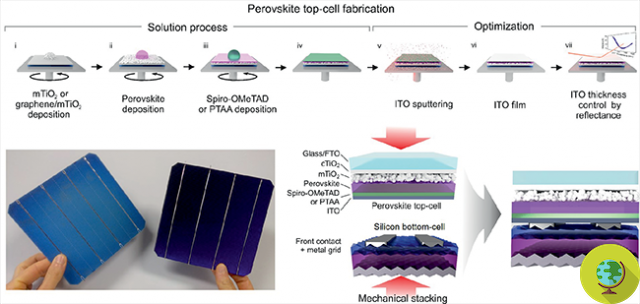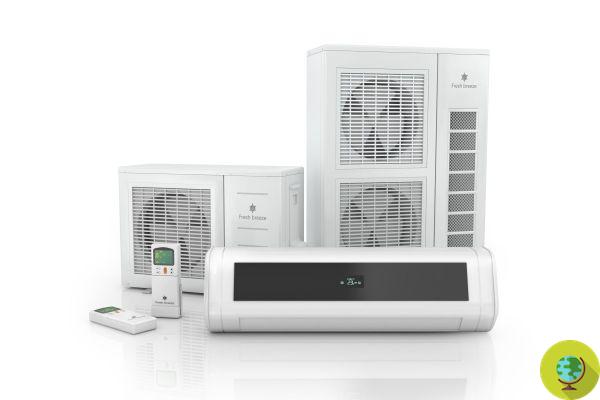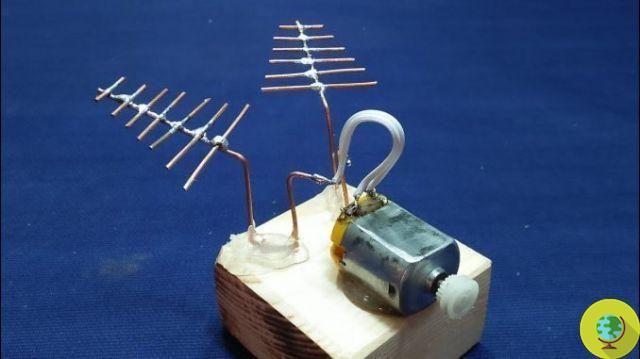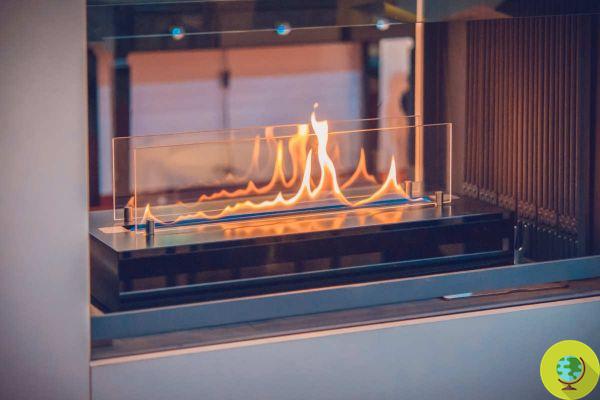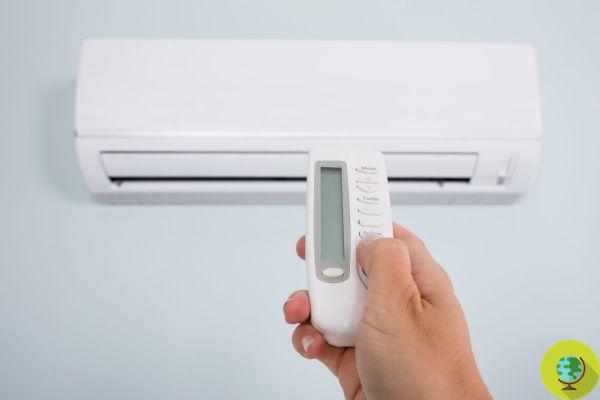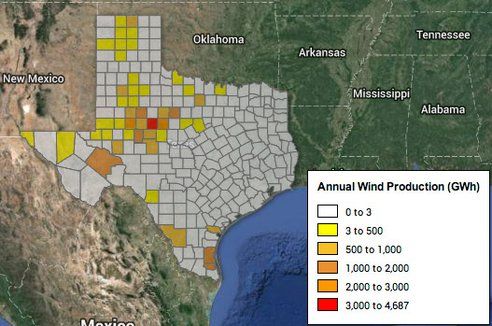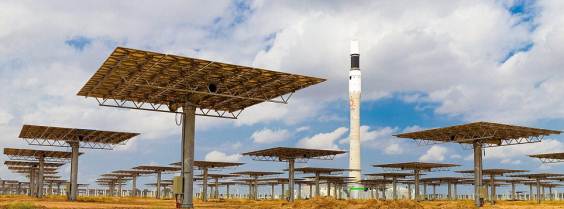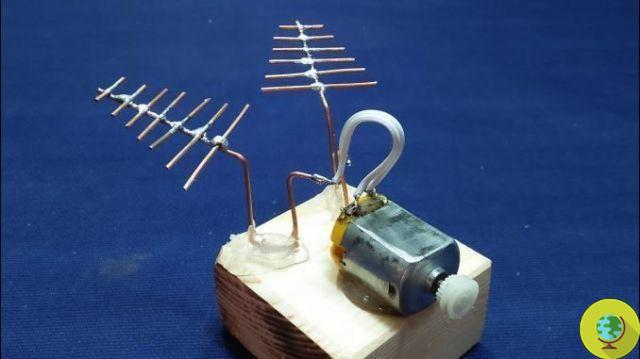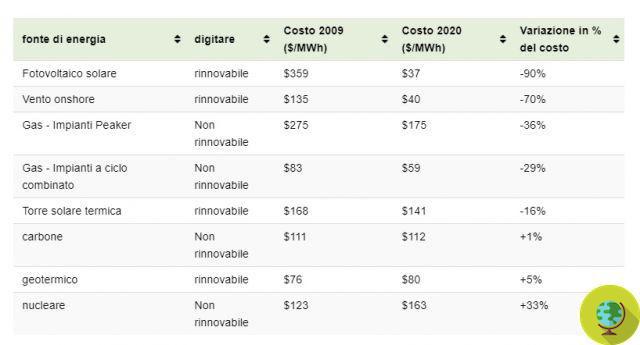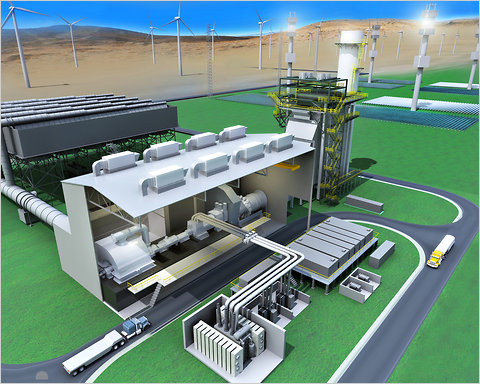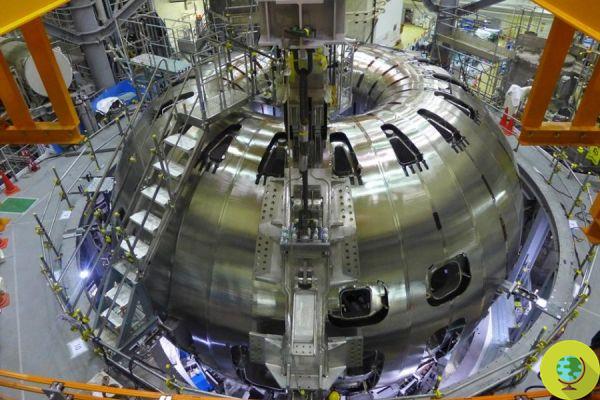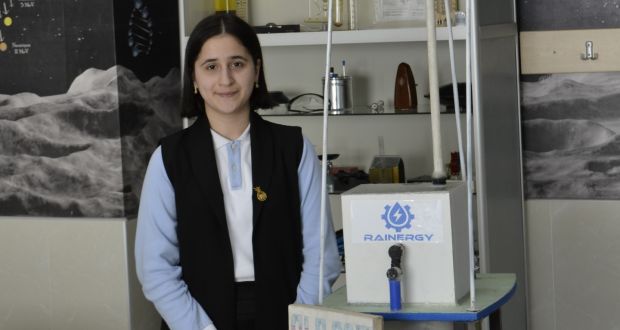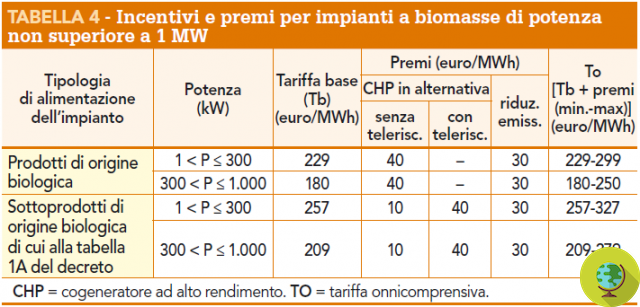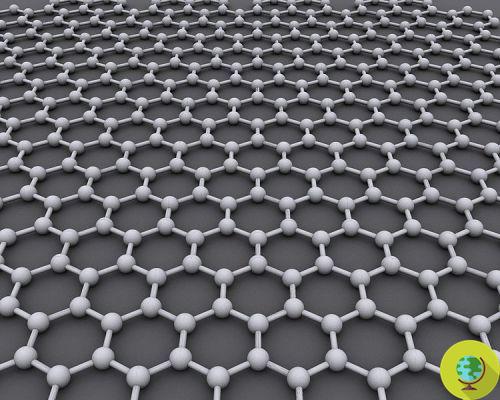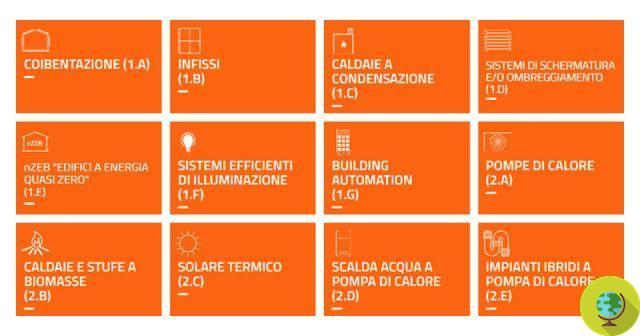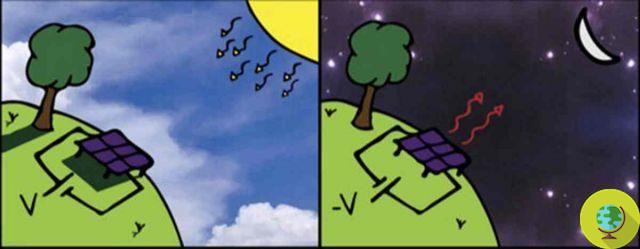Young students are building a fuel cell powered by sugar and Escherichia Coli bacteria
He is about to end up run over, his mother saves himA group of very young students from the University of Bielefeld is working on a new generation battery (or, better, a real fuell cell) capable of accumulate and produce electricity starting from the common Escherichia Coli bacteria, that is, the bacteria that are normally found in the intestines and feces. Even those of man.
After the idea of using urine to produce energy and recharge smartphones, here is this battery, formed by a cathode and an anode (i.e. the positive and negative poles) with a partially permeable membrane in between that separates them. Unlike other similar batteries, however, bacteria are present in the anode which have the function of digesting some layers of glucose in a normal metabolic process.
A process that also produces electrons, i.e. a flow of electrical energy that circulates from the positive to the negative pole once the circuit is closed. The battery, the students explain, is quite simple to make and therefore not expensive. Which also makes it useful for developing countries.
Another advantage is the possibility of producing clean and renewable energy without the limits imposed by the climate, as is the case today for wind power and photovoltaics. By increasing the amount of nutrition for the bacteria, then, the electricity produced is also growing and just change the substrates that host the glucose to fully recharge the battery.
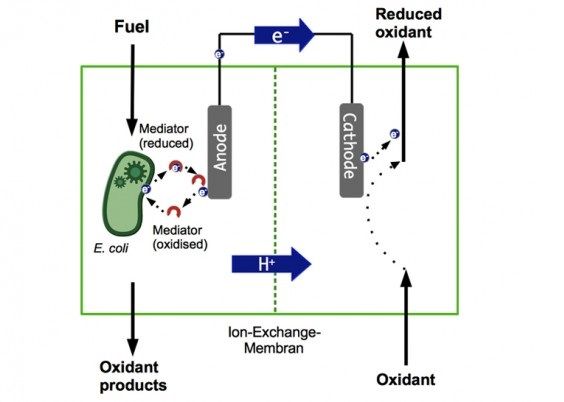
In the Bielefeld laboratory, young students are studying various types of microorganisms that could perform the same function as Escherichia Coli, and if they find the ideal bacterial mix, their battery performance could increase dramatically. This invention will participate in the “International Genetically Engineered Machine competition” (iGEM) of the Massachusetts Institute of Technology (MIT) in Boston, USA.
This is not the first idea on how to transform glucose, or other sugars, into energy through bacteria or enzymes: it is basically the same procedure as the “Sweet Hydrogen” project of the Virginia Tech Institute.
Peppe Croce
READ also:
- Organic waste: 5 projects to transform human waste into energy
- Energy from urine: smartphones will recharge with pee




